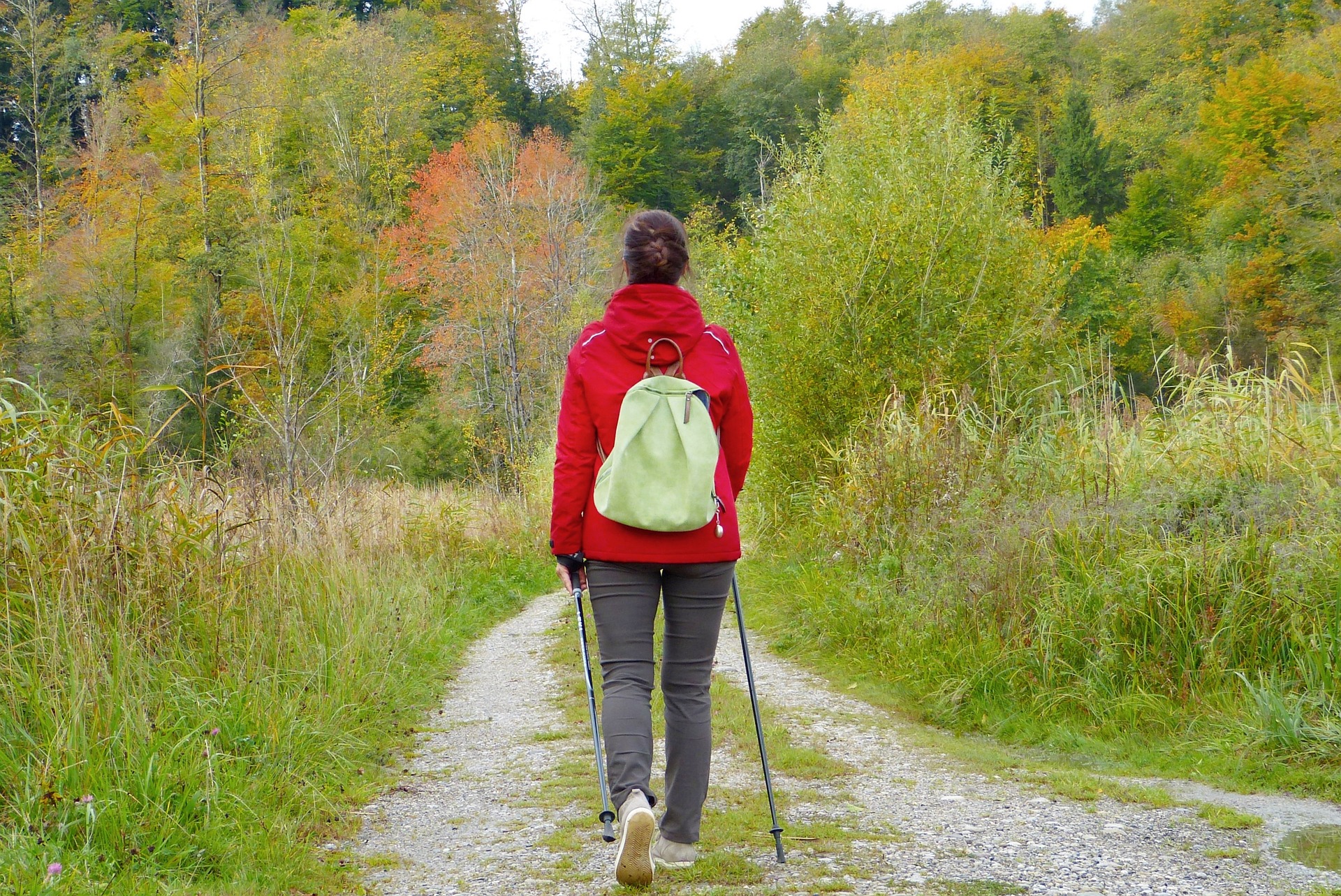
10 tips for a successful exercise plan
If done right, exercise can be one of the most powerful tools to manage COPD.
Before you begin
Before you start any exercise program, check in with your doctor or other healthcare provider. Ask them:
- What type of exercise program would be best for me?
- What do I need to know about using my medications before, during and after exercise? Should I use my inhaler before I exercise?
- What should I do if I start to feel out of breath?
Make sure you are familiar with breathing and coughing techniques that can help you as you are exercising.
Simple walking is one of the best ways to increase your fitness level. Start slow and gradually do a little more or work a little harder as you become stronger. Remember, any amount of exercise is better than no exercise and small steps are better than no steps.
10 tips for a successful exercise plan
1. Set personal goals
Work with your COPD team to establish goals that are reasonable for you and develop an exercise plan that is tailored to your fitness level and breathing ability.
2. Build up slowly
Do not push too hard but try to go a little further or exercise a little longer every few days. This will increase the efficiency of your body and your muscles.
3. Have fun
Find an activity you enjoy. You will be more likely to keep going if exercise feels more like fun than work. Consider activities like aquafit, dancing, yoga or even walking with a friend. If you have more fun alone, watch a movie or listen to a podcast or music while you exercise. Of course, be sure you are staying safe and aware of your surroundings.
4. Alternate activities
When you have COPD, you need strength in all your muscles. However, you may not be able to exercise all your muscles at once. Try exercising your arm muscles one day and your leg muscles the next to get a complete workout without tiring yourself out.
5. Schedule wisely
Exercise when you know your energy level will be high; maybe shortly after taking your medication. Do not exercise on a full stomach − try before a meal or an hour or two after eating. Once you figure out what works best for you, treat your exercise time like an appointment. Organize your day around it. Do not start wondering if you have enough time to exercise — that will make it easier to find an excuse not to. Eventually exercising will become a part of your routine.
6. Listen to your body
If you are overtired or feeling sick, you may need to limit your exercise for that day. If you have a big event one day, think about limiting your usual time, or postponing your exercise until the next day.
7. Dress for comfort
Wear loose-fitting clothing. Dress in layers, so you can take off a sweater if you get too hot. Choose shoes that fasten easily and offer good support as well as ample cushioning.
8. Watch weather and pollution
Avoid exercising outdoors if pollution levels are high or the weather is too cold, too hot or too humid. If possible, plan to exercise indoors on those days.
9. Treat yourself
To stay motivated, give yourself a little reward after exercising.
10. Exercise regularly
Make fitness a priority and set aside specific times during the week to exercise. Aim for at least three times per week. Remember, if you do have to stop exercising due to illness or another reason, do not get discouraged. Start again slowly when you are able. You will gradually regain your muscle conditioning.
